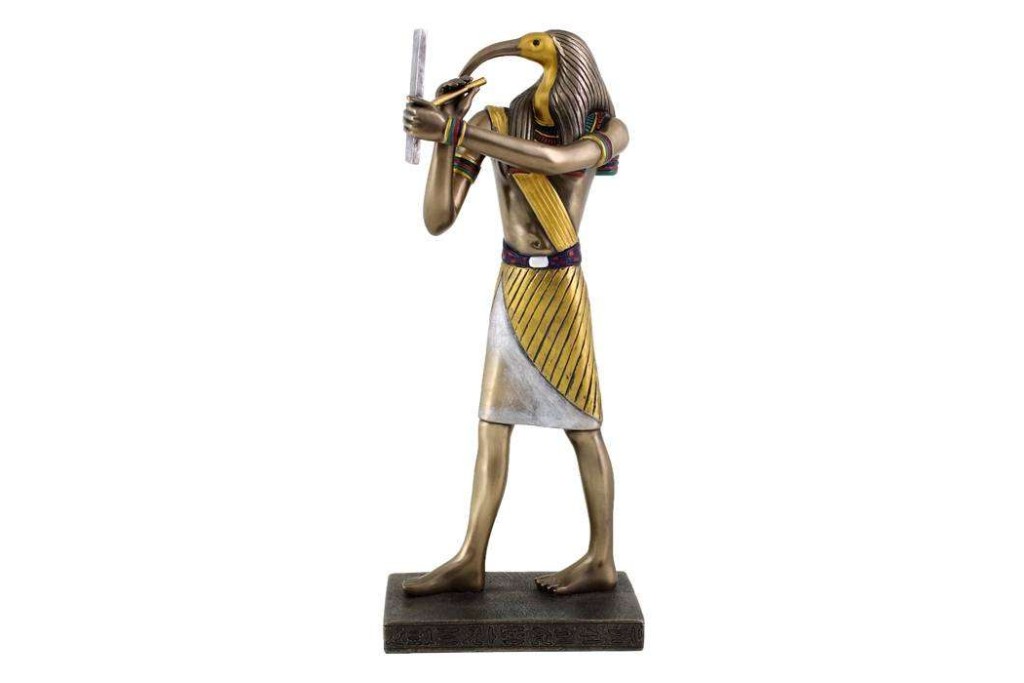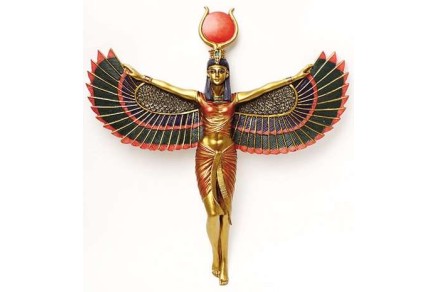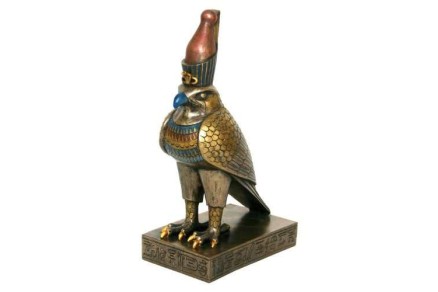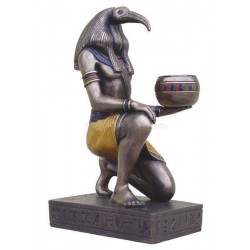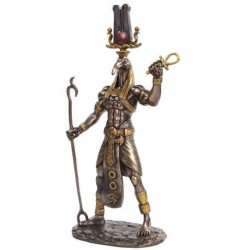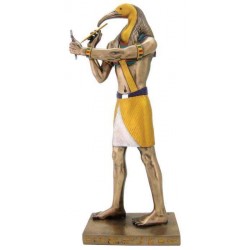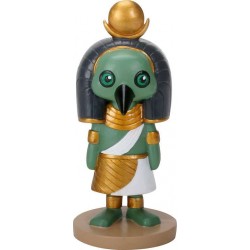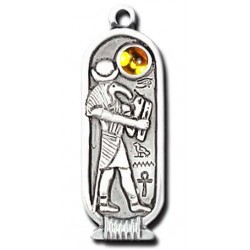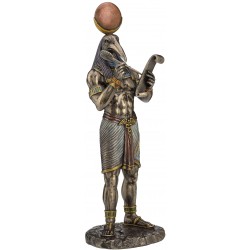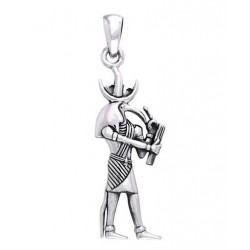Thoth: The Egyptian God of Wisdom, Magic, and Writing
- August 08, 2023
- 13210
- 0
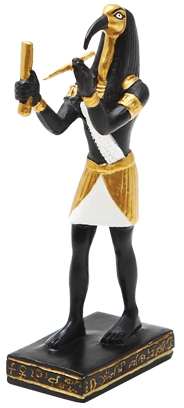 Thoth, or Djehuti as he was known to the Egyptians, was one of the most important gods in ancient Egyptian religion. He was the god of wisdom, magic, writing, and science. He was also the scribe of the gods, and he was responsible for recording the events of the world.
Thoth, or Djehuti as he was known to the Egyptians, was one of the most important gods in ancient Egyptian religion. He was the god of wisdom, magic, writing, and science. He was also the scribe of the gods, and he was responsible for recording the events of the world.
Thoth was often depicted as a man with the head of an ibis or a baboon. His feminine counterpart was Seshat, and his wife was Ma'at.
Myths and Legends
Thoth was a popular figure in Egyptian mythology. He was often featured in stories about the creation of the world and the afterlife.
One of the most famous myths about Thoth is the story of how he helped Ra defeat the serpent Apep. Apep was a chaos serpent who threatened to destroy the world. Ra called on Thoth to help him, and Thoth used his magic to defeat Apep.
Thoth was also involved in the creation of the world. He was said to have helped Ra create the sun and the stars. He also helped Ra create humans.
In the afterlife, Thoth was responsible for weighing the hearts of the dead against the feather of Ma'at. If the heart was lighter than the feather, the person was allowed to enter the afterlife. If the heart was heavier than the feather, the person was devoured by Ammit, the devourer of the dead.
Attributes and Symbolism
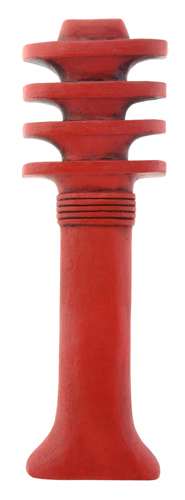 Thoth was associated with many different attributes and symbols. He was often depicted with an ibis or a baboon, both of which were sacred to him. He was also associated with the moon, the scales, and the writing palette.
Thoth was associated with many different attributes and symbols. He was often depicted with an ibis or a baboon, both of which were sacred to him. He was also associated with the moon, the scales, and the writing palette.
The ibis was a symbol of Thoth's wisdom and intelligence. The baboon was a symbol of his vivacity and creativity. The moon was a symbol of his connection to the night sky and the stars. The scales were a symbol of his role in the weighing of the hearts in the afterlife. The writing palette was a symbol of his role as the scribe of the gods.
In addition to the ibis and the baboon, Thoth was also associated with the following attributes and symbols:
- The moon: Thoth was often depicted with a crescent moon on his head, which represented his connection to the night sky and the stars.
- The scales: Thoth was responsible for weighing the hearts of the dead against the feather of Ma'at in the afterlife. The scales represented his role as a judge and arbiter of truth.
- The writing palette: Thoth was the god of writing and was often depicted with a writing palette in his hand. The writing palette represented his role as the recorder of the events of the world.
- The djed pillar: The djed pillar, most often associated with Osiris, was a symbol of stability and endurance. Thoth was sometimes depicted with a djed pillar, which represented his role as a protector of the gods and the people.
Worship and Festivals
Thoth was worshipped throughout Egypt. His main cult center was in the city of Hermopolis Magna. The city was known as the "City of Thoth" and it was home to a large temple dedicated to the god.
Thoth was also worshipped in other parts of Egypt, including Memphis, Thebes, and Abydos. He was often depicted on temple walls and in tomb paintings. He was associated with the Greek God Mercury combined with him to form
Thoth had several festivals throughout the year. The most important festival was the Thoth Festival, which was celebrated in the month of Thoth (roughly corresponding to our month of August). The festival lasted for 10 days and it was a time of feasting, drinking, and celebrating Thoth.
Thoth and Hermes
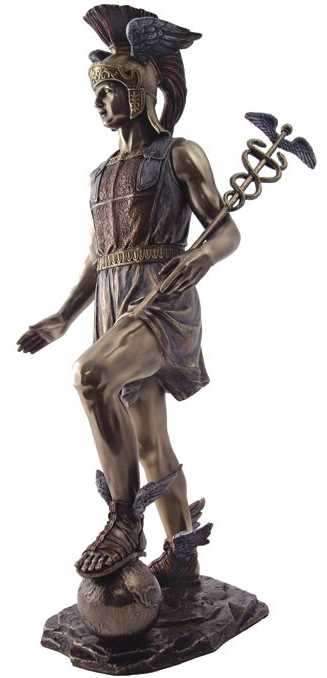 Thoth was associated with the Greek god Hermes in a number of ways. Both gods were seen as gods of wisdom, magic, and writing. They were also both messengers of the gods, and they were both depicted with winged sandals. In addition, the Greek city of Hermopolis was named after Thoth, and the Greek god Hermes was sometimes called "Thoth Trismegistus" or "Thrice Great Thoth."
Thoth was associated with the Greek god Hermes in a number of ways. Both gods were seen as gods of wisdom, magic, and writing. They were also both messengers of the gods, and they were both depicted with winged sandals. In addition, the Greek city of Hermopolis was named after Thoth, and the Greek god Hermes was sometimes called "Thoth Trismegistus" or "Thrice Great Thoth."
The association between Thoth and Hermes is likely due to the fact that the Greeks came into contact with Egyptian culture during the Hellenistic period. The Greeks were impressed by the Egyptians' advanced knowledge of mathematics, astronomy, and medicine, and they adopted many of their gods and goddesses. Thoth was one of the gods who was adopted by the Greeks, and he was identified with Hermes.
The association between Thoth and Hermes continued in the Roman period. The Romans also adopted Thoth/Hermes, and they called him Mercury. Mercury was a popular god in Roman religion, and he was often depicted with winged sandals and a caduceus, which is a staff with two snakes coiled around it.
The association between Thoth and Hermes is still evident today. In the Hermetic tradition, which is a philosophical and religious tradition that originated in Egypt, Thoth and Hermes are seen as two aspects of the same god. The Hermetic tradition teaches that Thoth/Hermes is the god of wisdom, magic, and enlightenment. He is the one who reveals the secrets of the universe to humanity.
FAQ
What are some of the most important things to know about Thoth?
- Thoth was the god of wisdom, magic, writing, and science.
- He was often depicted as a man with the head of an ibis or a baboon.
- He was the scribe of the gods, and he was responsible for recording the events of the world.
- He was involved in the creation of the world and the afterlife.
- He was worshipped throughout Egypt and had several festivals throughout the year.
What are some of the most famous myths about Thoth?
- The story of how he helped Ra defeat the serpent Apep.
- The story of how he helped Ra create the sun and the stars.
- The story of how he helped Ra create humans.
What were some of the festivals celebrated in honor of Thoth?
The most important festival was the Thoth Festival, which was celebrated in the month of Thoth (roughly corresponding to our month of August). The festival lasted for 10 days and it was a time of feasting, drinking, and celebrating Thoth.
I hope this blog article has given you a better understanding of the Egyptian god Thoth. He was a complex and fascinating figure who played an important role in Egyptian religion and mythology.
Related Posts
The Egyptian Goddess Isis: A Journey into History, Mythology, and Worship
- 14832
- 0
The goddess Isis reigns as one of the most revered and influential deities. Renowned for her beauty, power, and wisdom, Isis holds a significant place in Egyptian culture and continues to captivate th..
Horus: The Mighty Falcon-Headed God of Ancient Egypt
- 12953
- 0
With the head of a majestic falcon and the body of a human, Horus holds a significant place in ancient Egyptian mythology and worship. From his role as a protector to his epic battles against evil, Ho..
Related Products
Thoth Egyptian Candle Holder
$78.00
Egyptian God Thoth Pendant
$52.00

